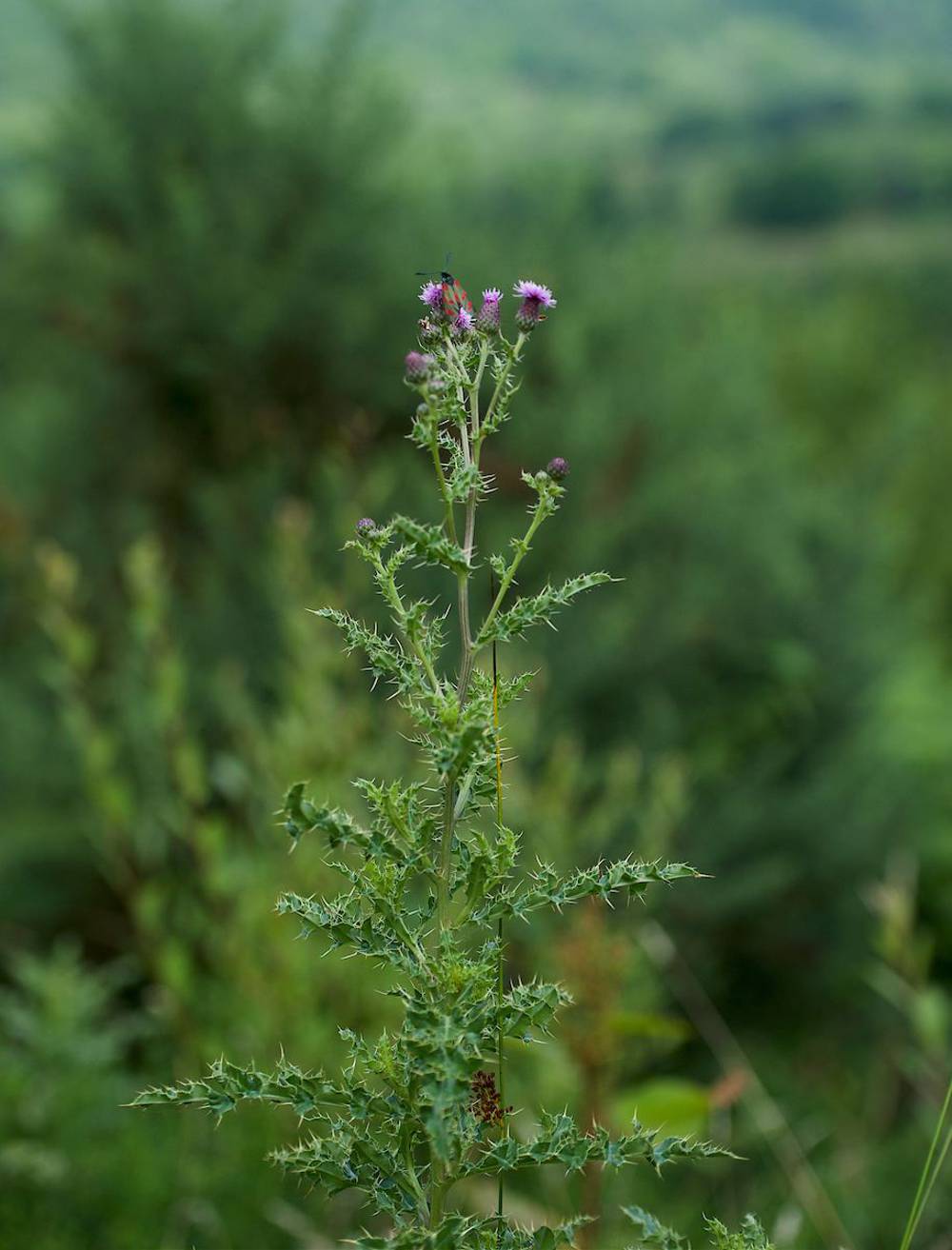Anniversary of tunnel opening sees the Hindhead area recognised as a wildlife haven
The Devil’s Punch Bowl, once separated from Hindhead Common by the A3, has become one of the top wildlife sites in south east England. The huge improvements to the area in recent years are the result of the creation of the Hindhead Tunnel by Highways England, which has enabled the site to regenerate, and hard work by the National Trust supported by Natural England.
Six years on from the opening of the tunnel, which saw the restoration of this Surrey Hills nationally protected landscape, management techniques set out under Higher Level Stewardship and Countryside Stewardship have also seen the restoration of fragile and endangered historic heathland habitat, and the return of rare and diverse breeding birds such as woodlark and nightjar. The nationally scarce heath tiger beetle has been sighted, and conditions are now favourable for the return of the silver studded blue butterfly. The Site of Special Scientific Interest (SSSI) has now been assessed by Natural England as meeting its nature conservation targets, and is considered to be in favourable condition.
It’s not only the removal of the A3 which has made Hindhead and the Devil’s Punch Bowl so special. The SSSI is one of the highest points in Southern England. Just under 1,000 feet above sea level, the relatively cool, humid climate of this ‘lowland’ heathland contains species normally associated with more upland sites such as bilberry, and trees festooned with lichens and mosses. The mosaic of habitats found on site include upland and lowland heath, bog, streams, ancient woodland, and free draining sandy soil, making the site challenging to manage.
Matt Cusack, Lead Ranger for the National Trust said: “I am thrilled we’ve achieved favourable status for Hindhead and the Punch Bowl during my watch. The removal of the A3 in July 2011 was a major milestone, enabling us to thin trees and transform the site into a swathe of heathland. But the site has been under a Higher Level Stewardship agreement since 2008. Heather mowing, the introduction of woodlark nesting areas, grazing and scrub management conducted under the scheme has transformed it. This couldn’t have been achieved without the support of my team and Hindhead’s dedicated local volunteers.”
Transformation of the SSSI and the restoration of the landscape within the Surrey Hills Area of Outstanding Natural Beauty have also boosted visitor numbers, up 20% from 2011 to approximately 700,000 per year, with visitors now choosing to spend longer exploring the stunning heathland and views. New paths created by Matt Cusack and his team offer walks for differing abilities around the Devil’s Punch Bowl, enabling visitors to enjoy the tranquillity of the site while avoiding wildlife disturbance on sensitive heathland areas.
Graham Steven, Conservation Advisor for Natural England said: “Matt and his team at the National Trust have done a fantastic job at taking on board actions needed to achieve favourable status. They have balanced the needs of different habitats to create a haven for the endangered species that live here such as Dartford warbler, woodlark and nightjar. The success achieved at Hindhead and the Devil’s Punch Bowl demonstrates what can be achieved when we work in partnership to balance the needs of people and wildlife.”
Henry Penner, Senior Environmental Advisor with Highways England said: “The Hindhead Tunnel is a ground breaking piece of engineering and shows how, by working together, we can deliver a road network fit for the 21st century in a way that not only protects but enhances the environment.
“The tunnel is the longest of its type in the UK. The old A3 around the Devil’s Punch Bowl was filled in using sandstone excavated from the tunnel and a mix of seeds to match the surrounding environment. I am delighted that six years on it has been recognised for playing its part in the wildlife success of the Devil’s Punch Bowl SSSI, and recognise the excellent work that Natural England and the National Trust have done to protect and enhance this special place for the country.”
Rob Fairbanks, Surrey Hills Area of Outstanding Natural Beauty (AONB) Director added: “The Hindhead Tunnel scheme was the largest landscape restoration project in any National Park or Area of Outstanding Natural Beauty. It is wonderful to see that the vision of reuniting the commons and enhancing the heathland habitat has proved so successful.”























